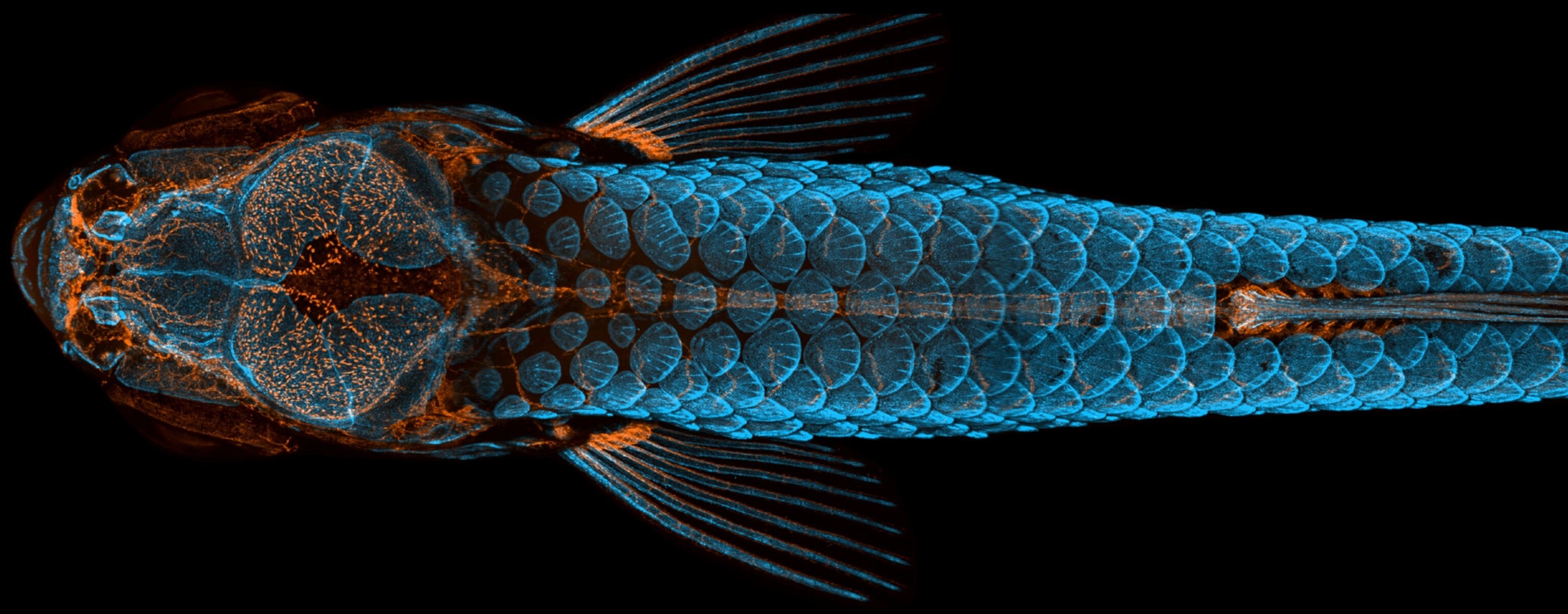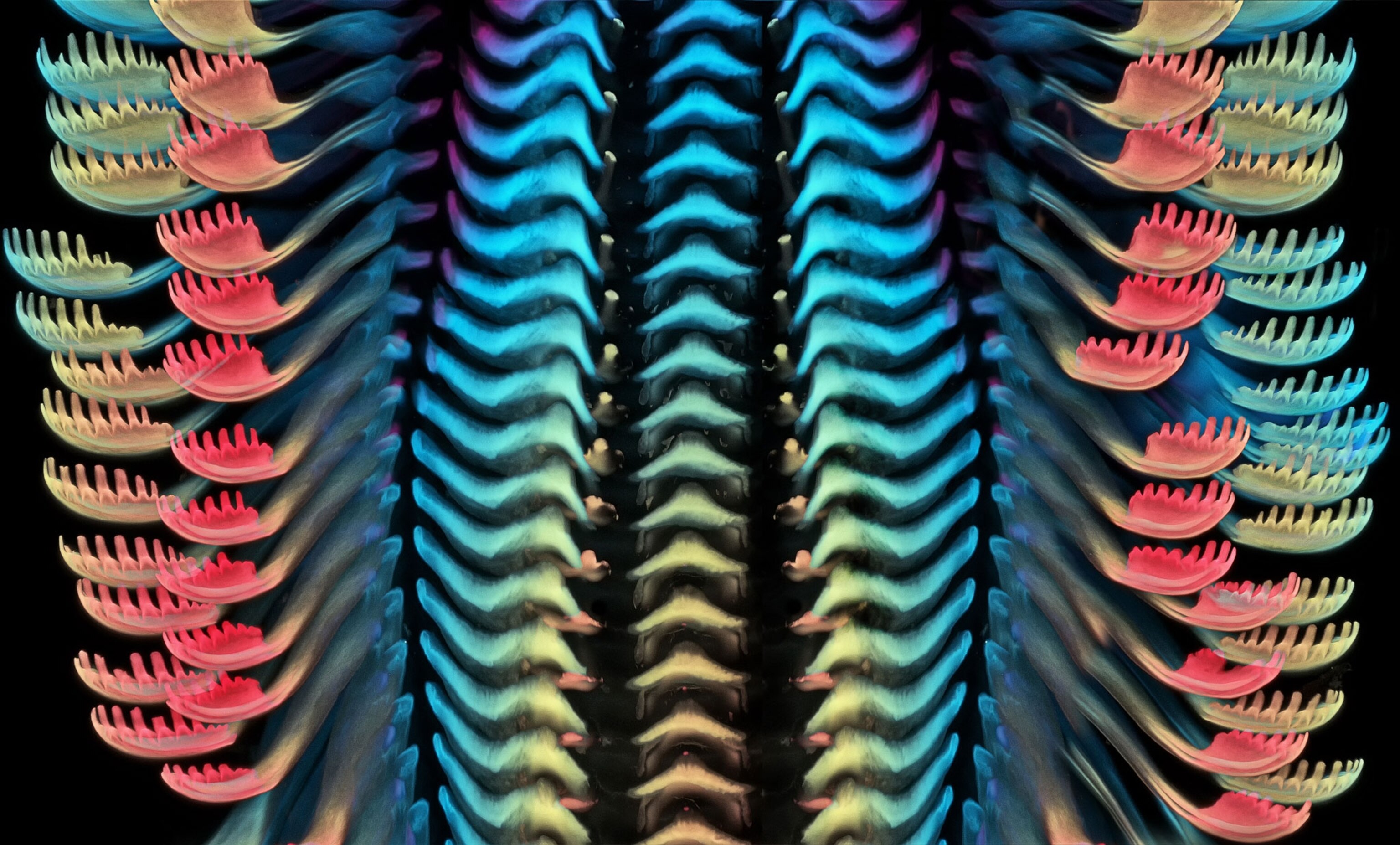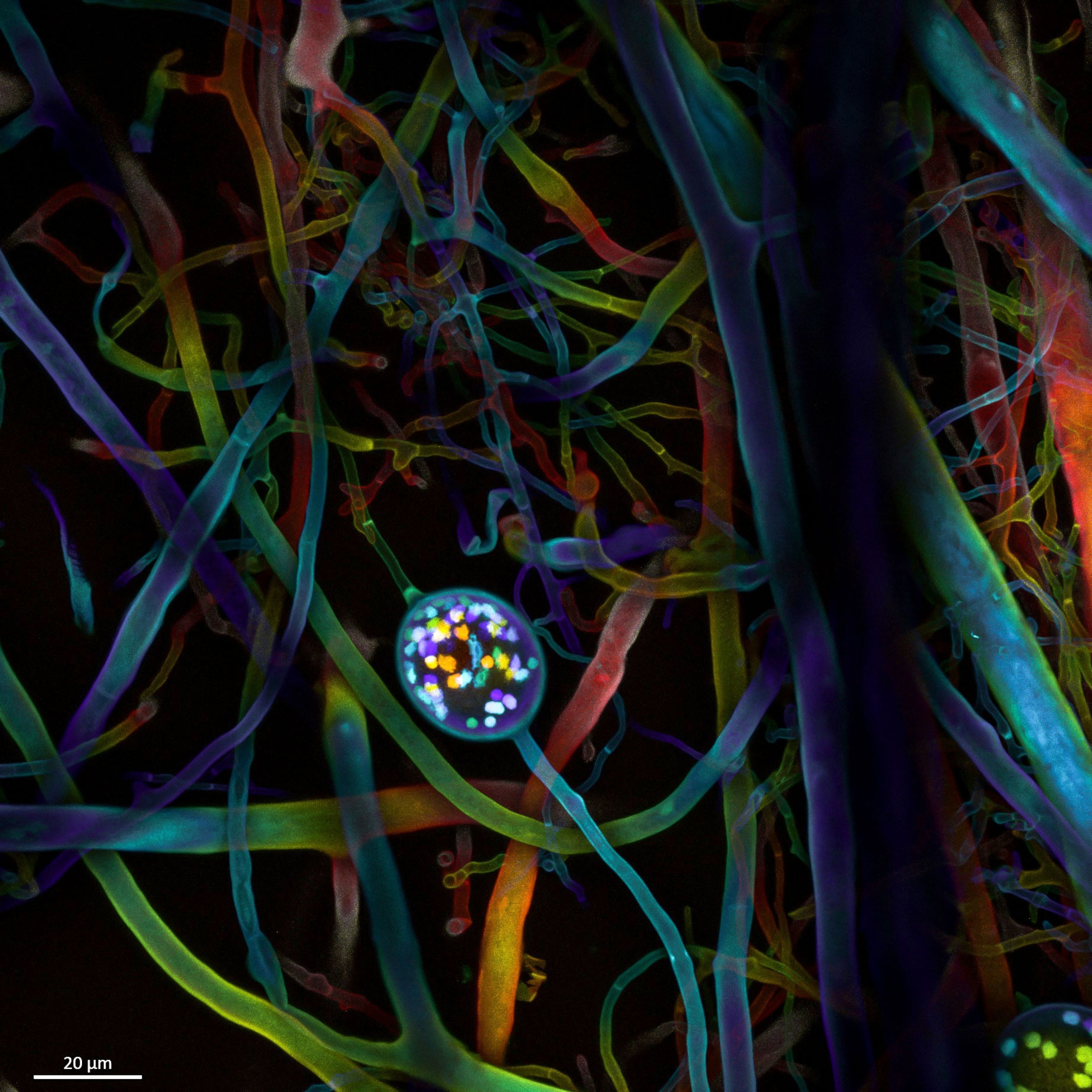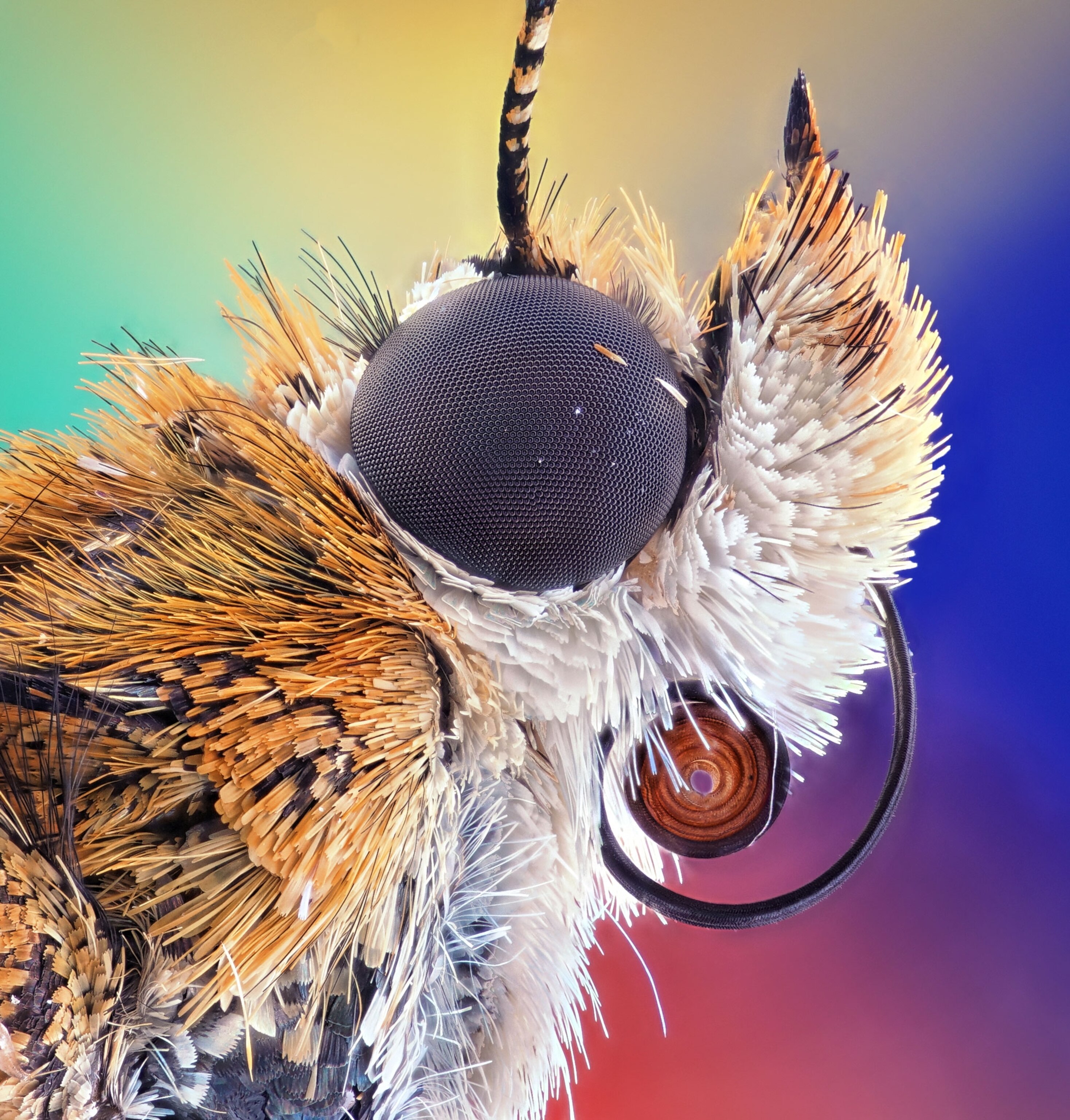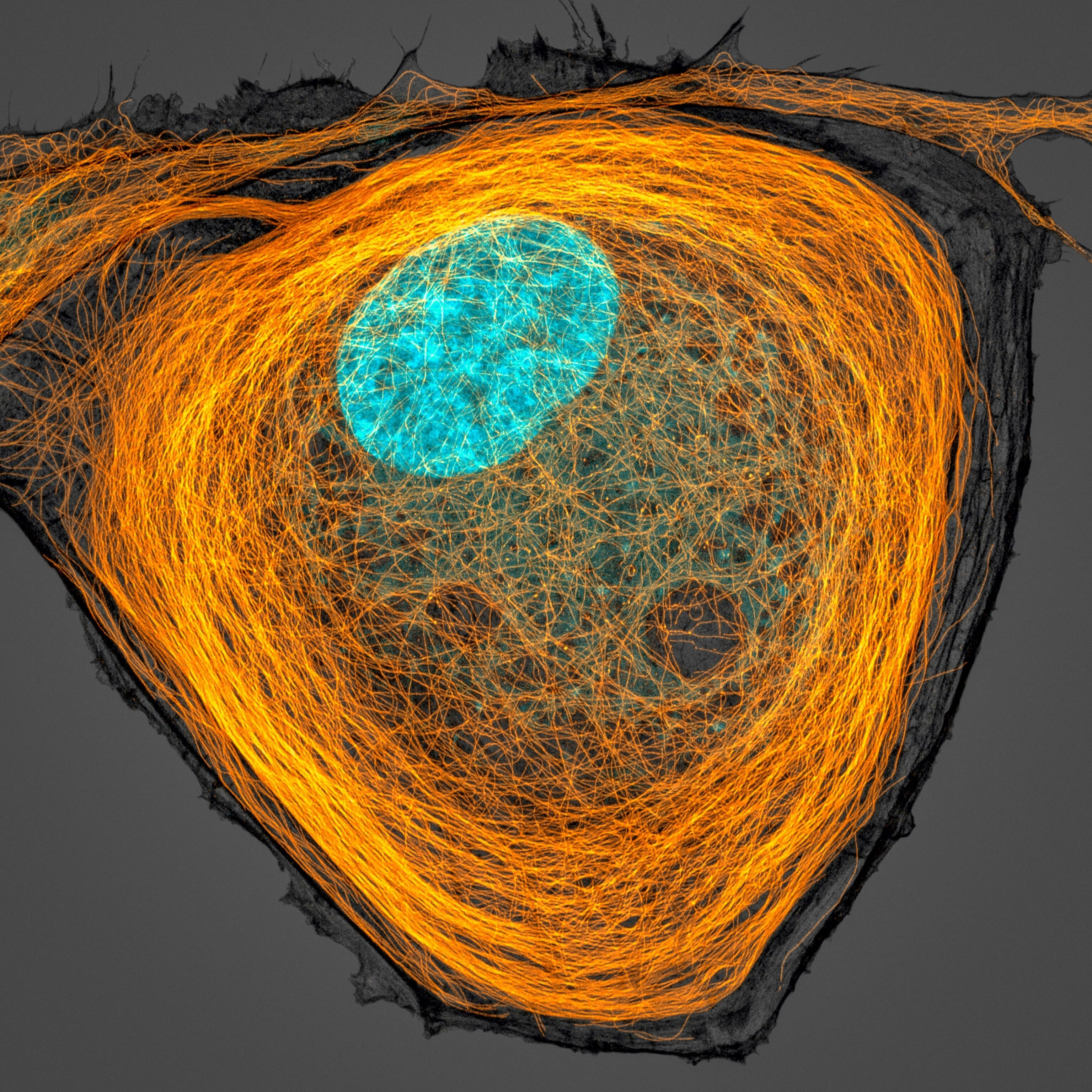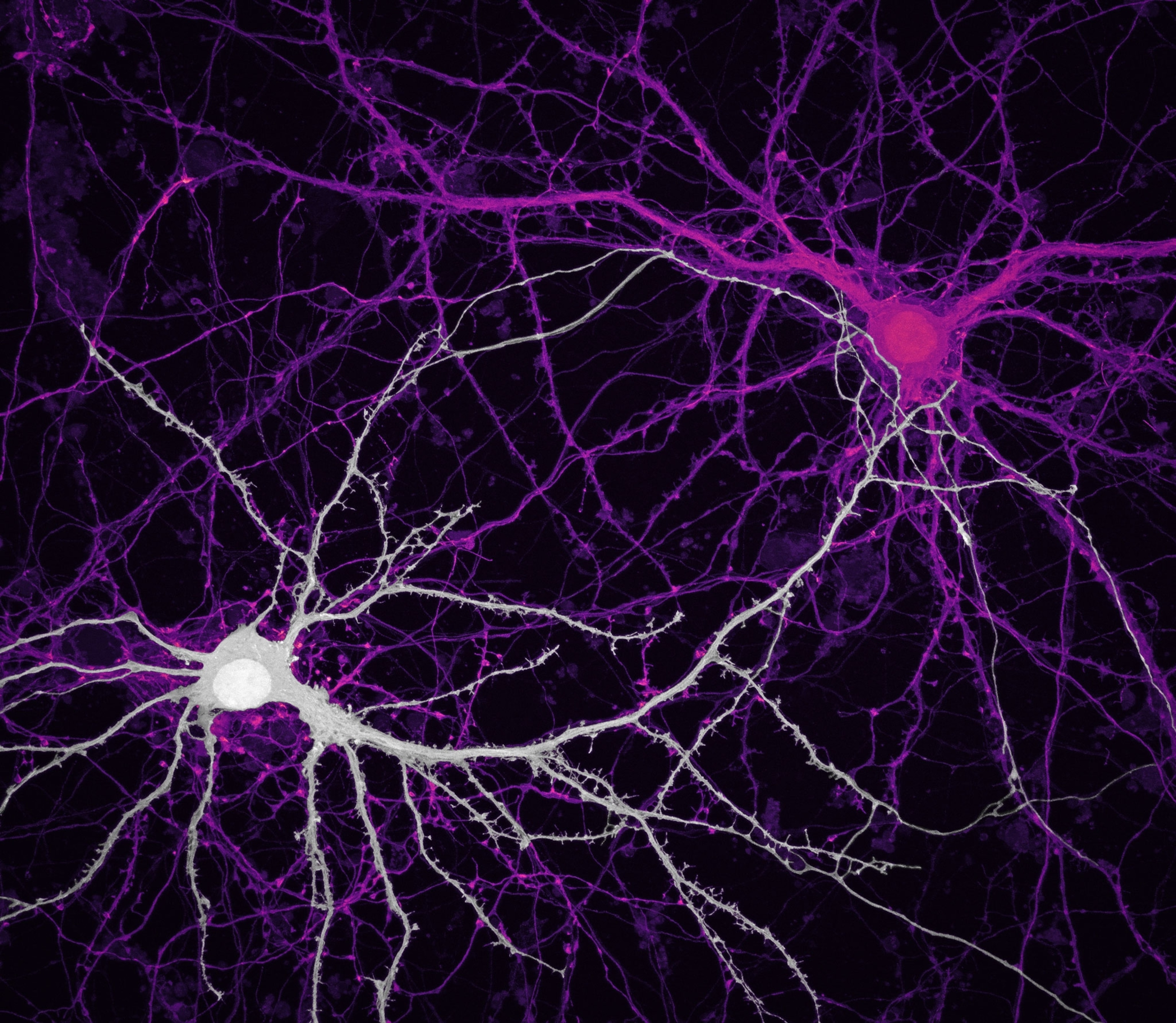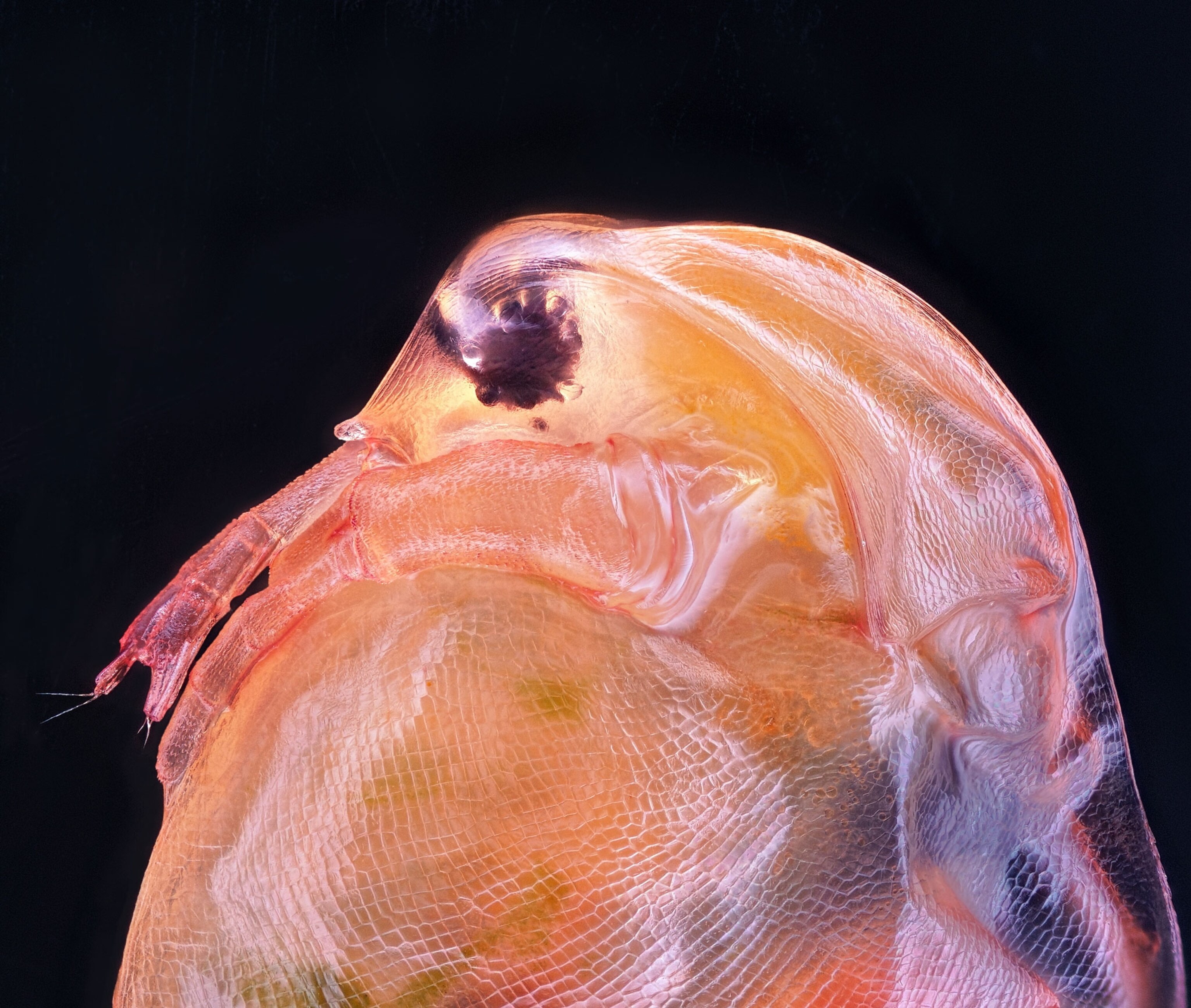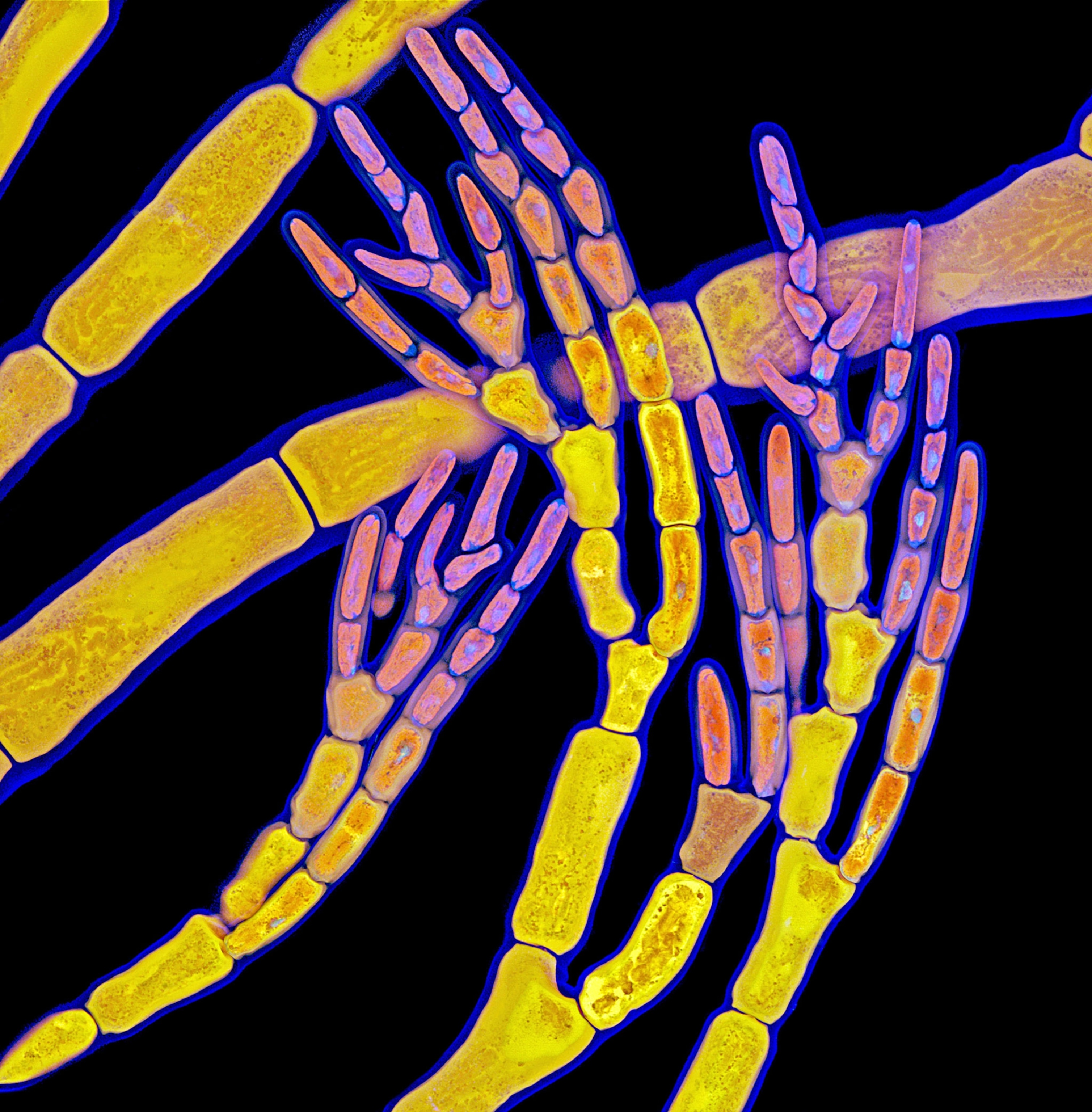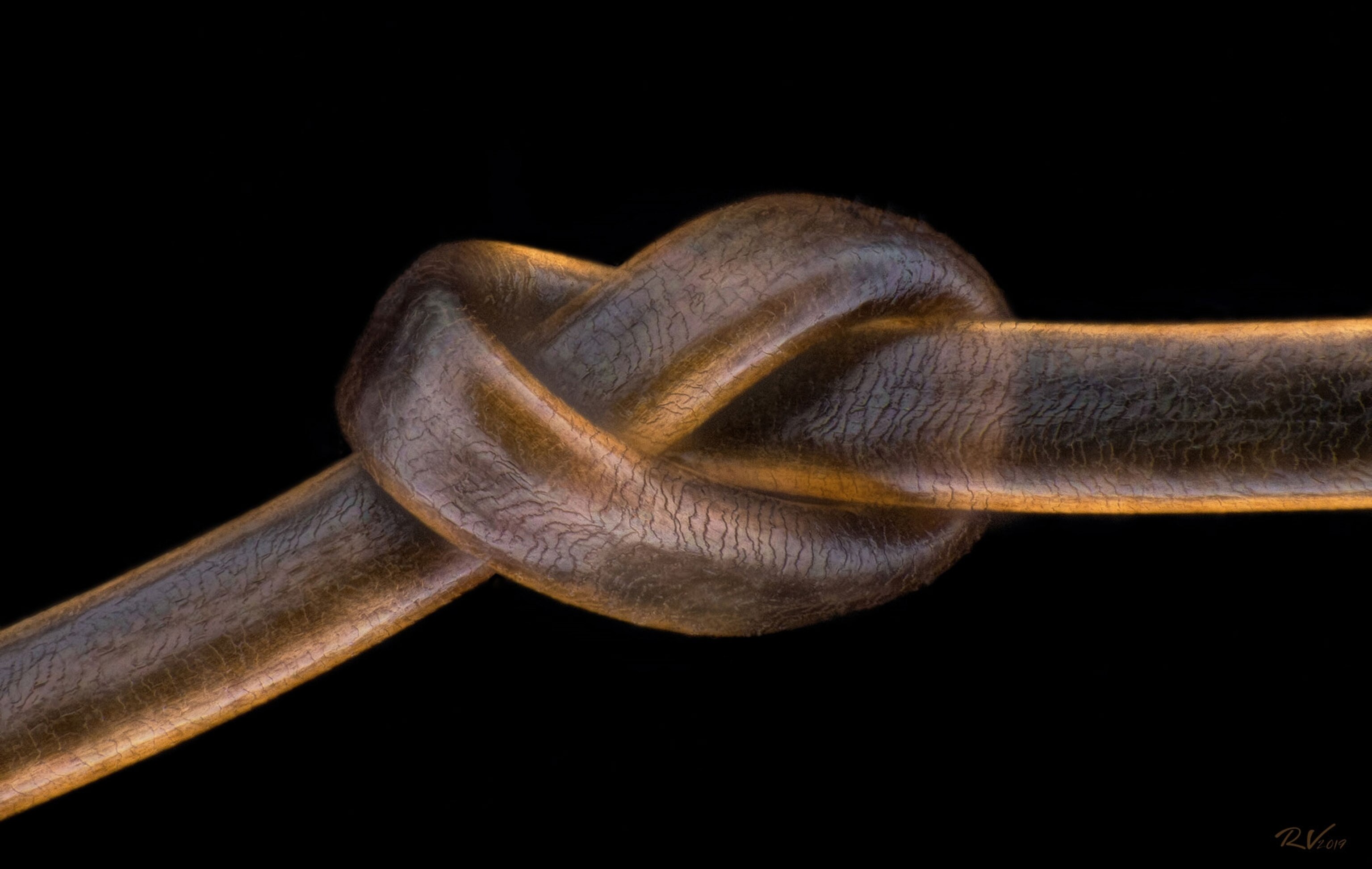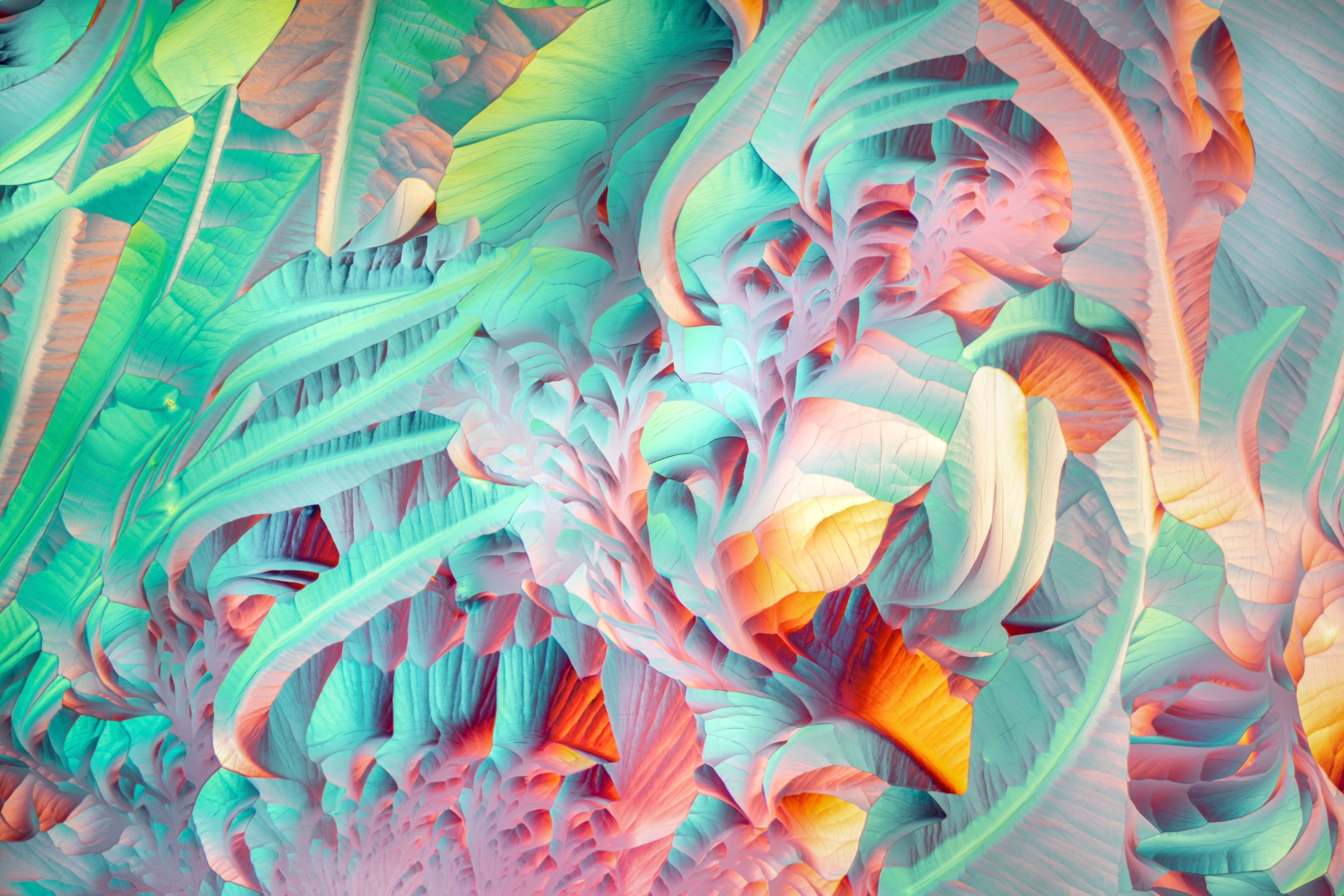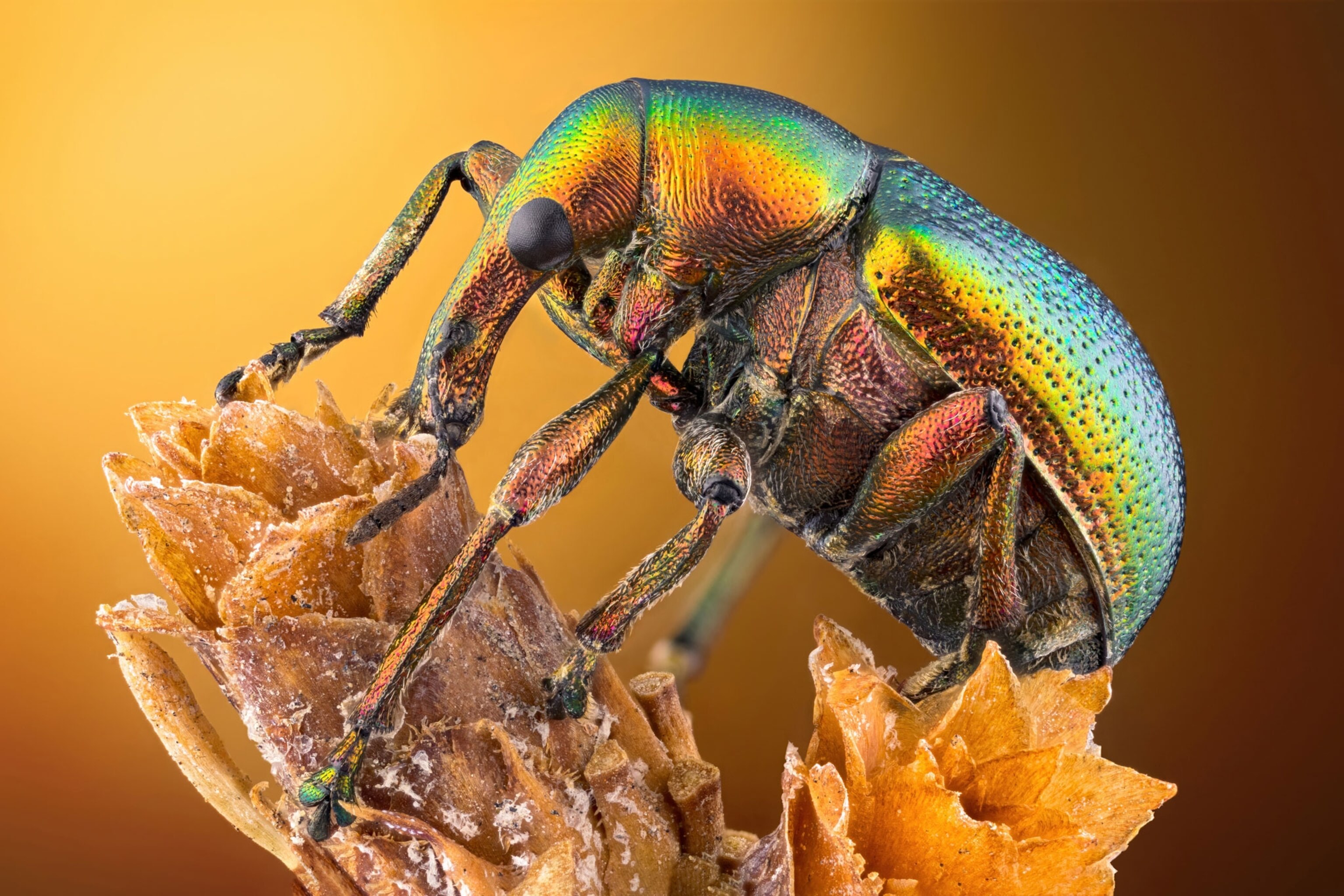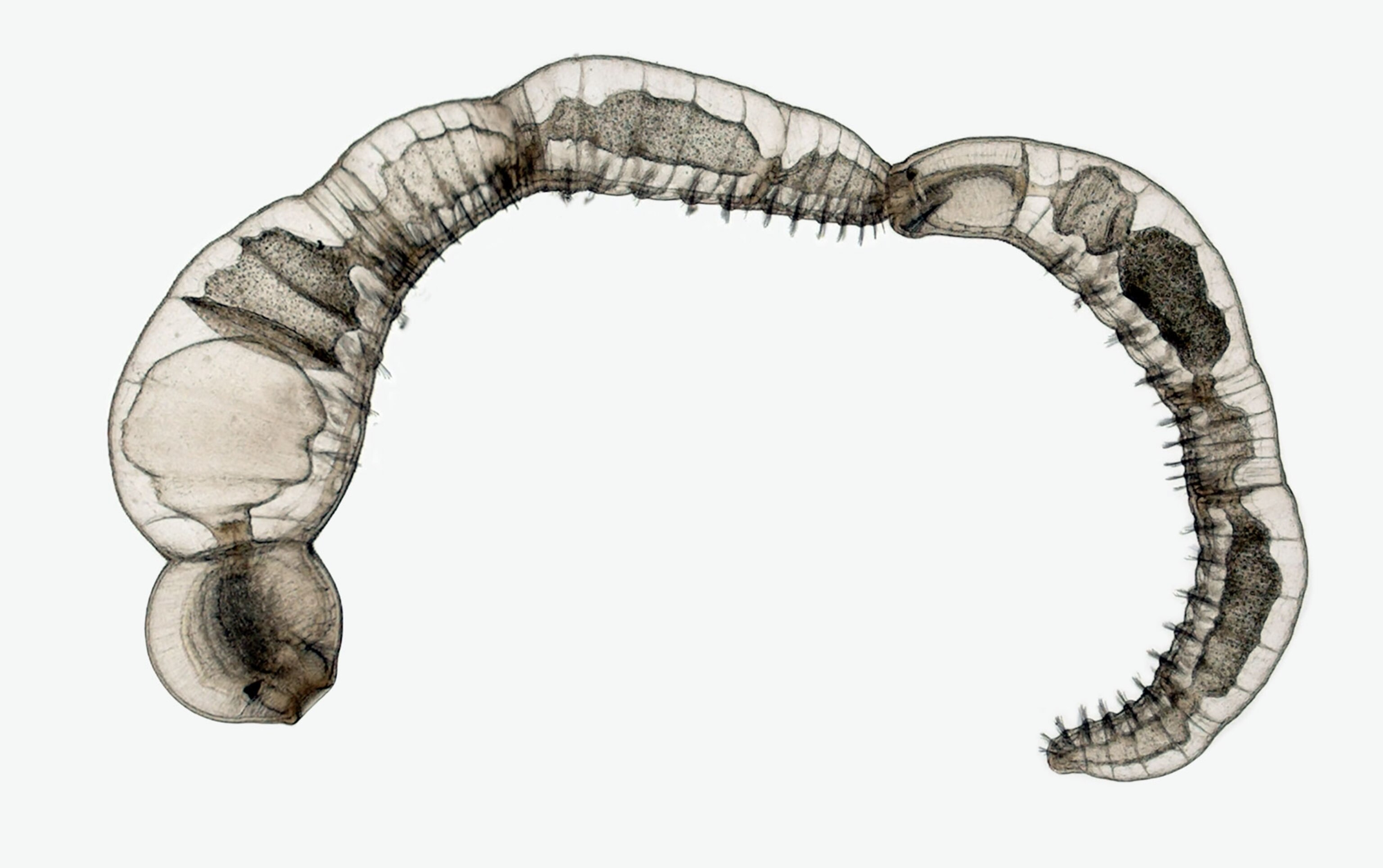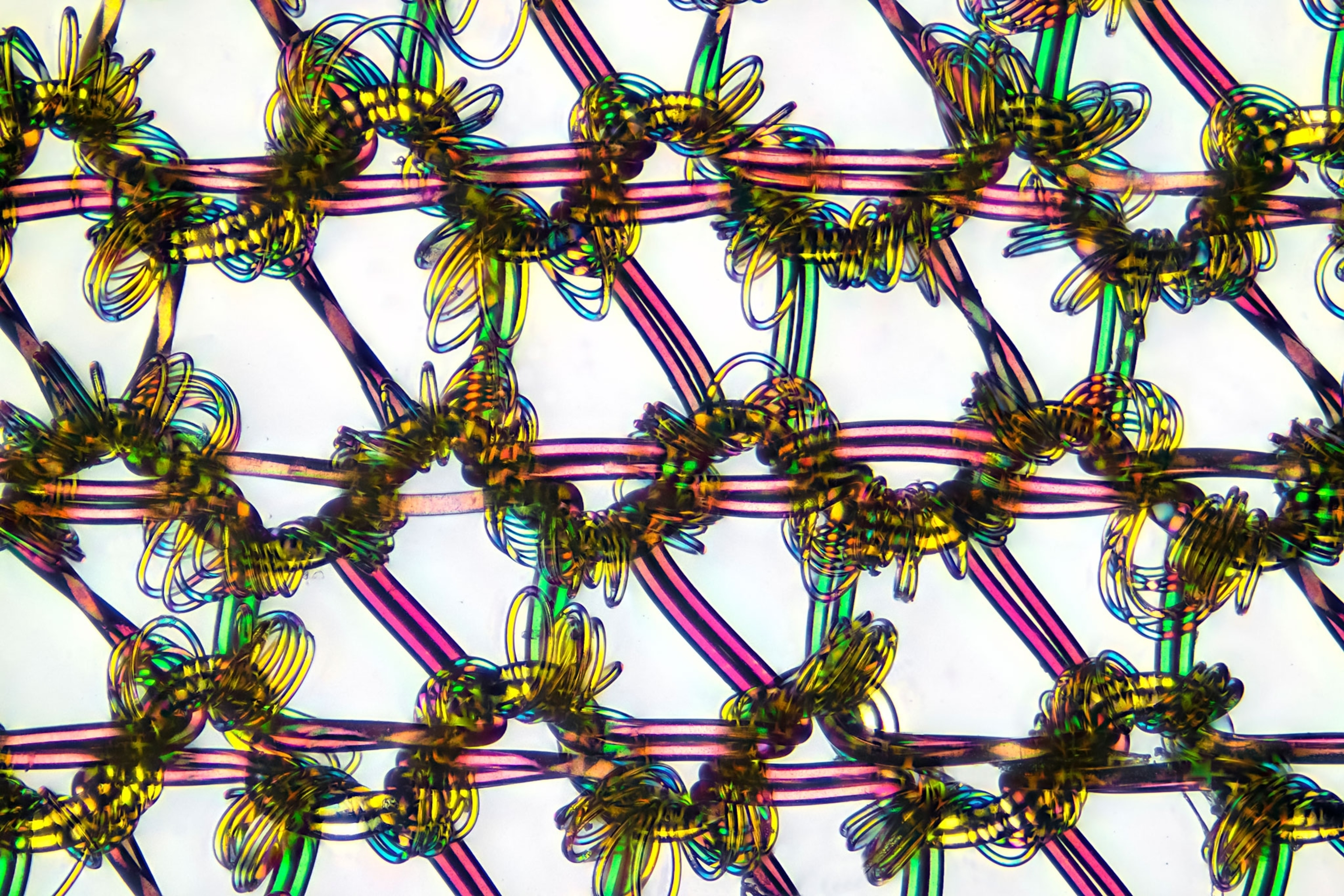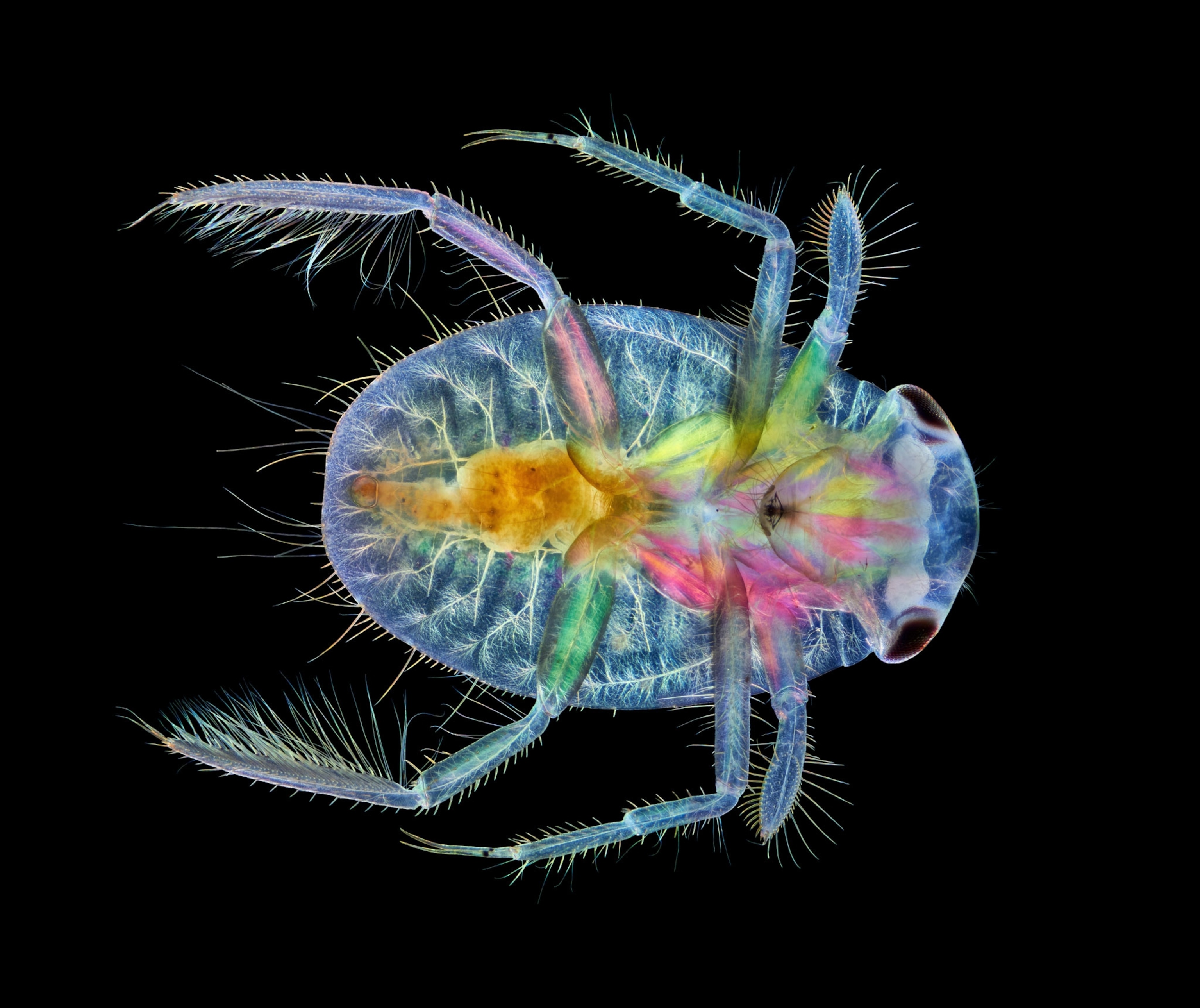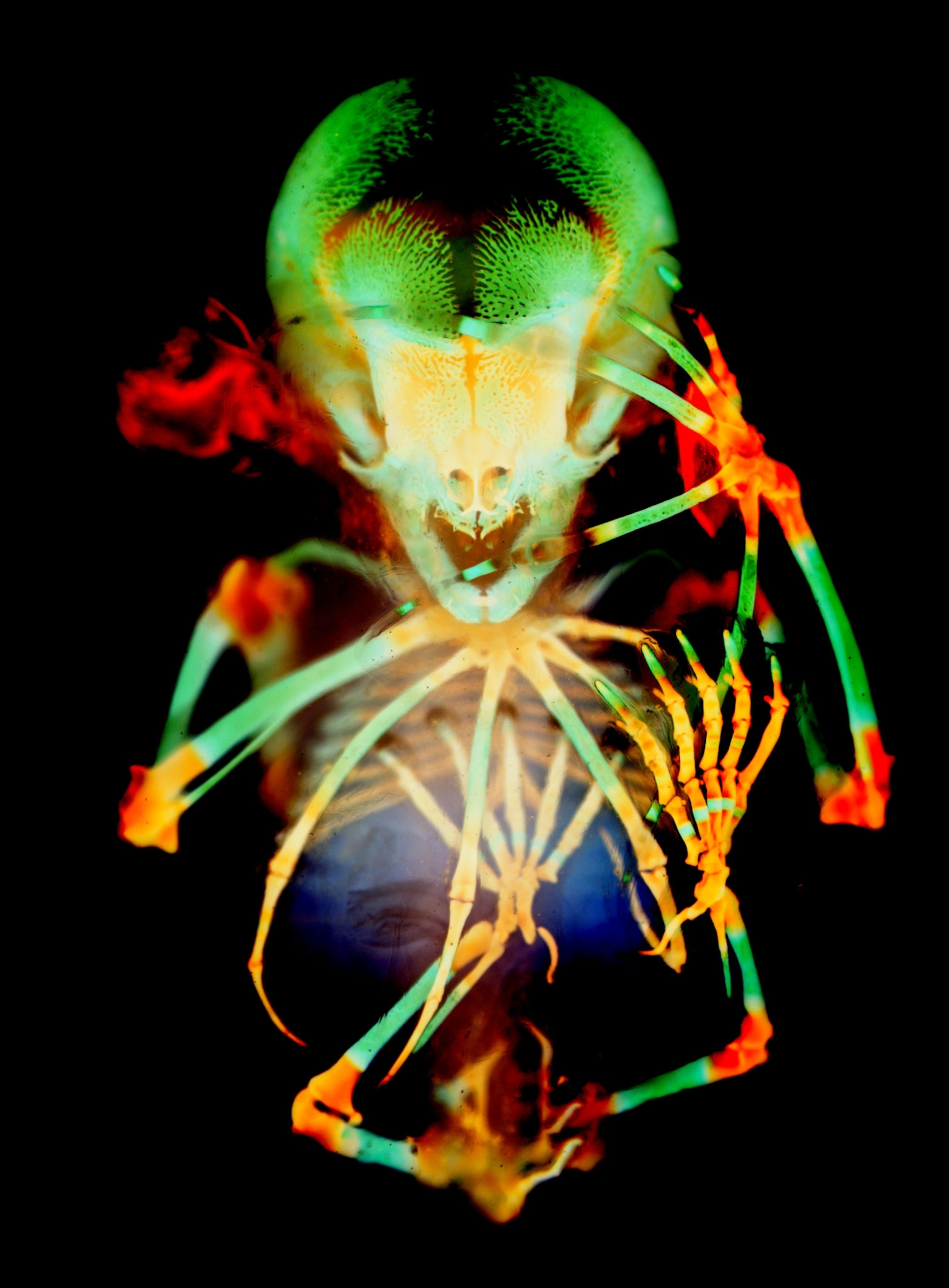See the stunning world invisible to the naked eye
Nikon has announced the winners of its 46th annual Small World Photomicrography Competition.
Researcher Daniel Castranova was about to be kicked off the microscope when he took the picture. A colleague in the Brant Weinstein lab at the National Institutes of Health in Maryland was waiting for a turn on the imaging device, which takes hundreds of frames that later are stitched together. Castranova was bringing a microscopic world into focus, with the hope of revealing unprecedented detail. He had a live juvenile zebrafish suspended in jelly under the lens, and he decided to zoom out from its head for one last shot: a full-body image of the fish. He got it, and then promptly forgot about it. Two weeks later, as he assembled the images, he had a startling result. “I was like, Wow, it came out really nice,” he says.
The ethereal image also happened to represent a groundbreaking find: Zebrafish have lymphatic vessels in their skulls that closely resemble those in mammals and humans. These vessels, which carry fluids essential to the immune system, play a role in a number of neurological diseases, including Alzheimer’s. Because of their speedy reproduction patterns and semitransparency, zebrafish—and those vessels—are easy to study in the lab. The find could lead to a better understanding of the human lymphatic system.
That combination of a beautiful image with significant scientific potential represents the ideal recognized by the Nikon Small World Photomicrography Competition. Now in its 46th year, the competition generated thousands of entries worldwide in 2020, and a judging panel of scientists, photographers, and journalists chose 20 winners, announced today. Castranova’s image took first prize.
“We are proud to showcase imagery that this blend of research, creativity, imaging technology and expertise can bring to scientific discovery,” Nikon said in a statement. “This year’s first place winner is a stunning example.”
